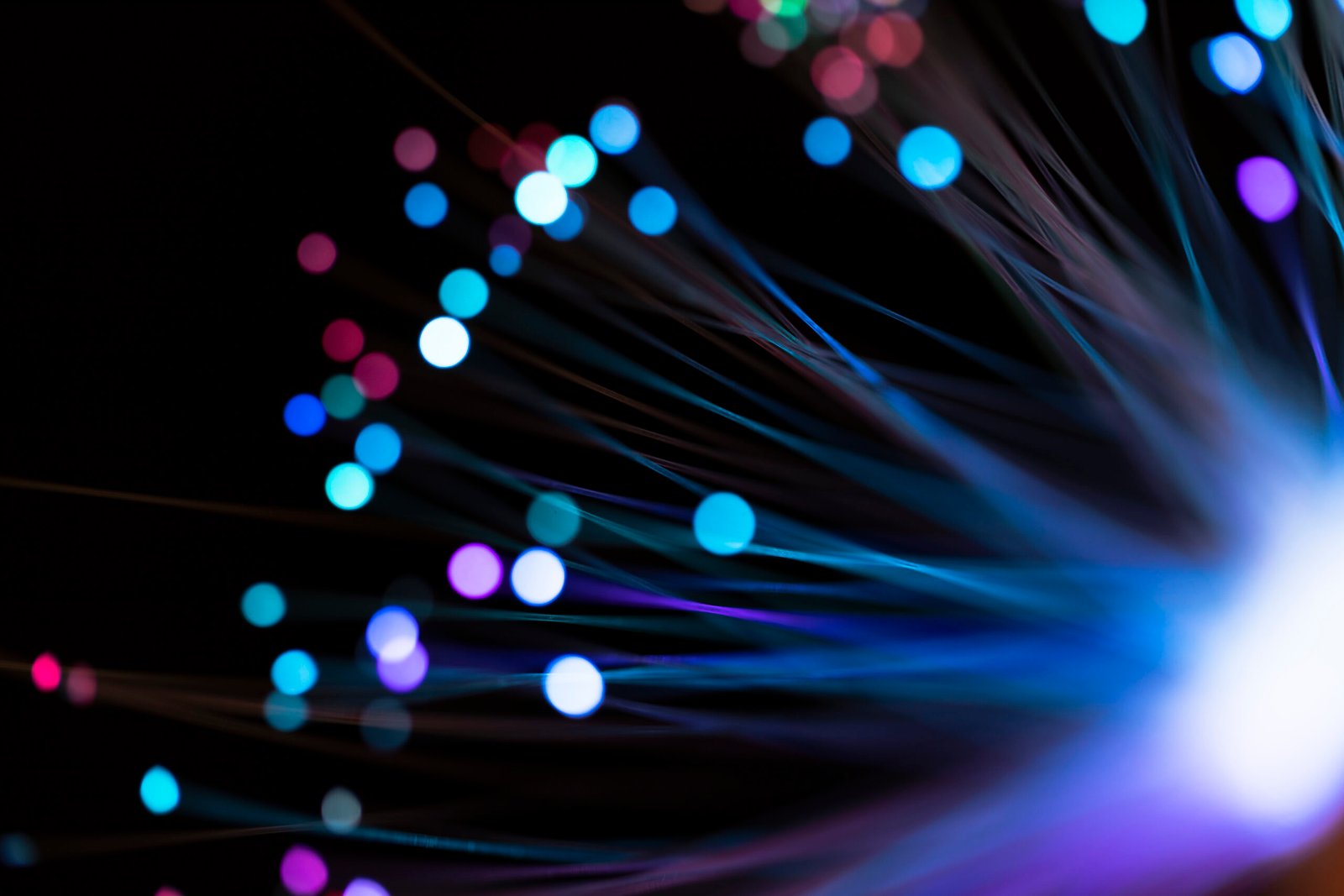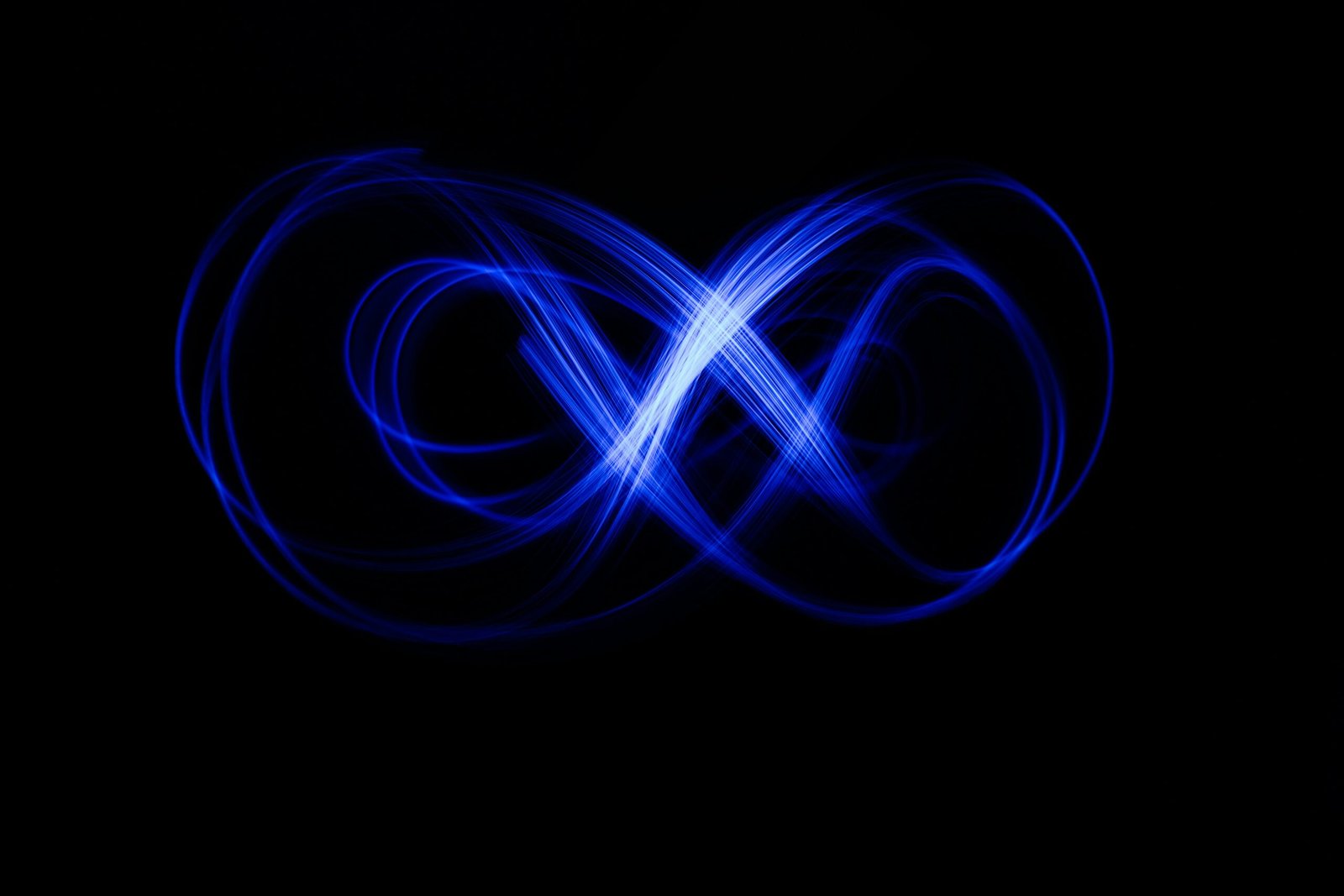
The "Abeille" law: towards more responsible connectivity with LiFi
The 2015 'Abeille' law on public exposure to electromagnetic waves underscored LiFi's central role in public Internet infrastructure.

Despite the multiplication of sources emitting radiofrequency waves (relay antennas, WiFi access points, cell phones, microwave ovens...), research is still unable to deny their role in the development of these pathologies. After a thorough study of the scientific publications on the subject, the WHO and the IARC (International Agency for Research on Cancer created by the WHO) have however classified electromagnetic radiofrequencies in the category "possibly carcinogenic to humans". If the scientific world seems to struggle to identify and measure the real health risks of these emissions, the benefit of the doubt cannot be given to radiofrequency waves in schools, town halls or libraries, at the risk of threatening the physical integrity of developing children and vulnerable people. It is in this context of growing concern that the government adopted the "Abeille" law in 2015, aiming to moderate or even ban the use of electromagnetic waves where they are not desirable.
The "Bee" law - what does it say?
The law n°2015-136 of February 9, 2015, known as the "Abeille" law, relating to sobriety, transparency, information and consultation in terms of public exposure to electromagnetic waves, established the principle of "sobriety of public exposure to electromagnetic fields". This principle translates into the following measures:
- Establishments offering WiFi access to the public (town halls, libraries) must clearly mention it with a pictogram at the entrance of the establishment.
- Facilities that serve children under the age of 3 are prohibited from using WiFi in reception, rest and activity areas.
- In elementary schools, WiFi must be turned off when not in use for educational purposes.
In order to raise public awareness of the issues surrounding radio frequencies, the "Abeille" law created the National Committee for Consultation on the Levels of Public Exposure to Radio Frequencies. This committee, led by the ANFR (Agence Nationale des Fréquences), brings together all stakeholders (associations, communities, manufacturers ...) to create a space for discussion and consultation on the subject of exposure to electromagnetic waves.
LiFi and the "Bee" law - when compliance rhymes with performance
A real advance for public health, the Abeille law makes the actors of our communities aware of the need to change the paradigm in terms of telecommunications. The Li-Fi technology, because it is based on LED light, is completely free of radio frequency waves. This light is emitted by a transmitter device (Access Point) equipped with LED bulbs and usually installed on the ceiling, and received by a receiver (Dongle) connected to the computer, smartphone or tablet. A healthier technology, but not only. Beyond its compliance with the Bee law on electromagnetic waves, LiFi also offers many benefits for the public:
- Speed: with a speed equivalent to that of optical fiber, LiFi allows users to perform all their usual activities on the web at optimal speed: streaming, games, video conferencing, collaborative tools, MOOCs....
- Security: Unlike radio waves, light does not pass through walls. It is therefore impossible to hack a LiFi signal from outside the room where it is installed.
- Stability: In public facilities, it is very common for several people to use the internet simultaneously. LiFi allows each user to have a stable connection without fluctuation for up to 32 people in one room.
Far from being an obstacle to the use of digital resources in public places, the Abeille law is in fact an open door to the use of new technologies thanks to which it will no longer be necessary to choose between an efficient Internet connection and a healthy one.
Recent articles

Categories
See some more...




